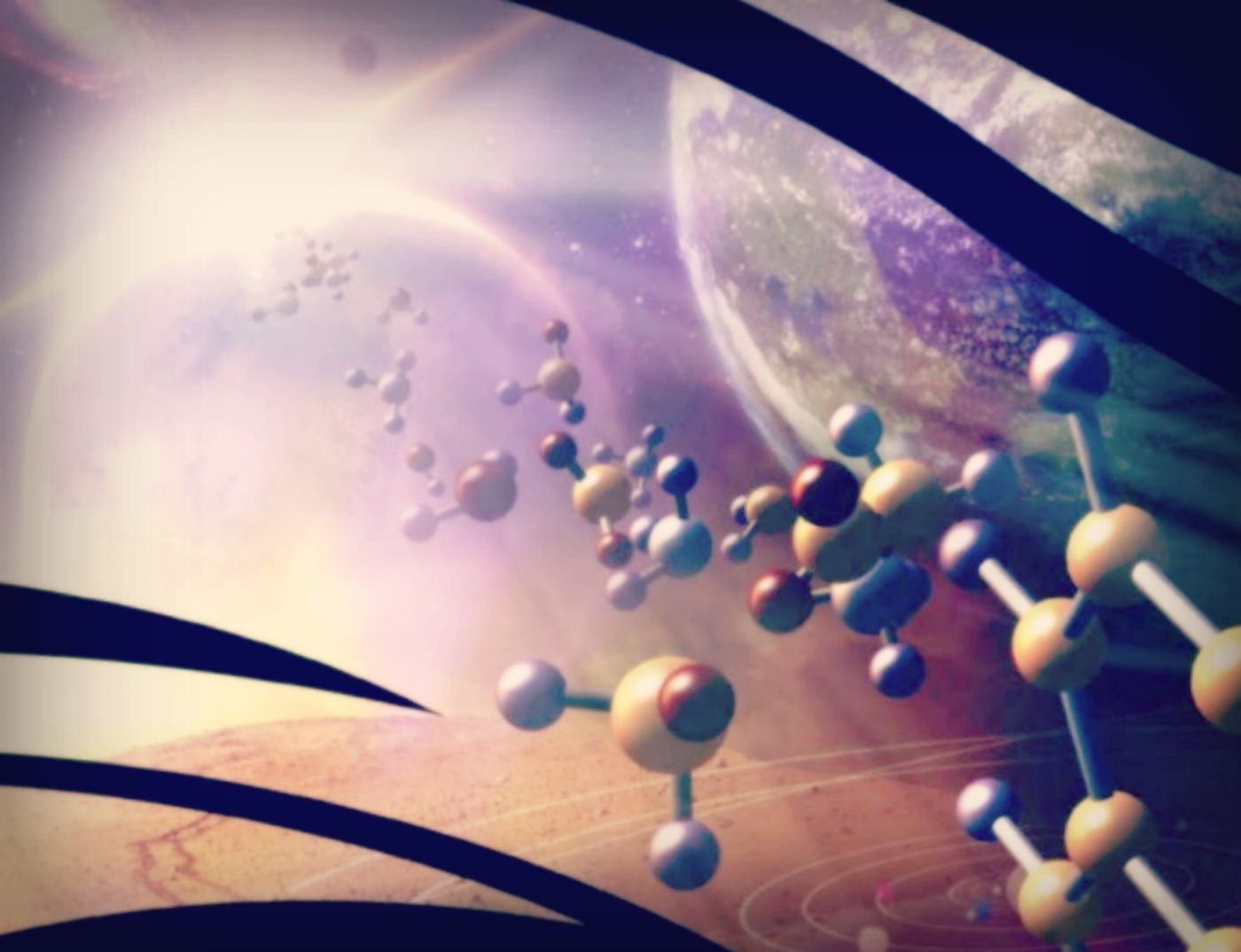NASA Grants Millions to Search for Life in Space
In May 2018, NASA announced the three teams that would be receiving five-year grants of about $8 million each to study astrobiology: the origins, evolution, distribution and future of life in our universe. Studies will explore the development of Earth’s organisms; the possibility of life on Saturn’s largest moon, Titan; the organic molecules found in meteorites, and more intricacies of how life comes to be.
Director of the Astrobiology Program at NASA Headquarters Mary Voytek said:
The intellectual scope of astrobiology is vast, from understanding how our planet became habitable and inhabited, to understanding how life has adapted to Earth’s harshest environments, to exploring other worlds with the most advanced technologies to search for signs of life.
The three teams will become members of the NASA Astrobiology Institute, or NAI, located in Silicon Valley, California. NAI seeks to answer these questions: “How does life begin and evolve? Is there life beyond Earth and, if so, how can we detect it? What is the future of life on Earth and beyond?”
ENIGMA
Evolution of Nanomachines in Geospheres and Microbial Ancestors, or ENIGMA, is a research program joining NAI from Rutgers University in New Jersey. ENIGMA seeks to explore the evolution of proteins, which it refers to as nanomachines, as the main catalysts of life on Earth. Proteins are big molecules that are made of compounds called amino acids. Proteins carry out a wide range of functions in living beings, including converting food into energy, building DNA and sending signals to coordinate many processes between parts of the body. Because the origin of these nanomachines remains an enigma, this team of scientists will explore their synthesis and functions, their increasing complexity in our microbial ancestors, and their co-evolution with the geosphere.
Titan and Beyond
In an undertaking called, “Habitability of Hydrocarbon Worlds: Titan and Beyond,” a NASA Jet Propulsion Laboratory, or JPL, team will search for a habitable environment on Titan and related biosignatures -- any substances used to prove evidence of past or current life. In 2014, data from the Cassini spacecraft revealed that Titan likely has a salty subsurface ocean.
These researchers aim to determine how to transport organic materials from the atmosphere to the surface to the subsurface ocean, which they identify as the “most likely habitable environment,” and back to the atmosphere. They want to know what biosignatures might exist, how they will be recognized, and, perhaps most importantly, if the ocean’s chemical and physical processes create stable habitats.
Organic Molecules From Earth and Other Environments
Researchers from Pennsylvania State University will be studying astrobiology by examining the origins of molecules in diverse environments on Earth and beyond. They will focus on patterns of isotopes, which are atoms missing a neutron or possessing an extra neutron. The scientists will use advanced computing to build a predictive understanding of the isotopes of organic compounds “found in meteorites, dissolved in deep Earth fluids, from individual living organisms, within microbial ecosystems and in organics associated with minerals and ice.”
NASA Scientist Jim Green said of the three teams’ missions:
With NASA’s Transiting Exoplanet Survey Satellite on its way to discover new worlds around our nearest stellar neighbors, Cassini’s discovery of the ingredients necessary for life in Enceladus’s plumes, and with Europa Clipper and Mars 2020 on the horizon, these research teams will provide the critical interdisciplinary expertise needed to help interpret data from these missions and future astrobiology-focused missions.
Source: NASA









